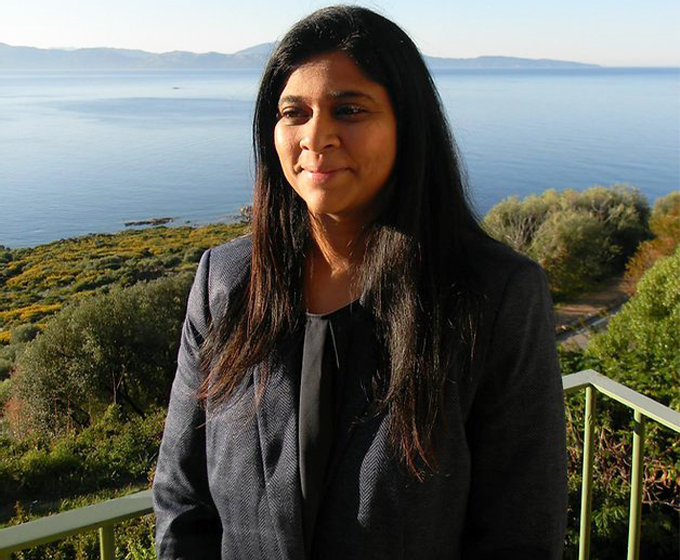NASA has tapped UTSA to explore creating a strategy to develop its next generation workforce. The space agency wants to create early awareness opportunities for K–12 students, in particular more females and minorities, to become interested in classes in science, technology, engineering and math, known as STEM fields.
This area of study is the foundation for developing future talent in aeronautical engineering, data sciences, unmanned systems, network communications and other related fields. The first step of this initiative involves a $50,000 NASA grant to gather data and submit a concept paper identifying STEM curriculum gaps along with a plan to overcome the problem.
The effort—officially called the City-Based Integrated Engineering Training Alliance to Engage, Educate and Transform the Next Generation Stem Workforce—is led by Kiran Bhaganagar, an associate professor of mechanical engineering and co–principal investigator of the NASA Center for Advanced Measurements in Extreme Environments at UTSA.
“We want all of our K–12 students in the San Antonio area to have the skill sets to be employable in STEM.”
Along with faculty members David Akopian, Karina Velma and Chris Combs, Bhaganagar is working with representatives from 16 prominent academic, government and research institutions in the community on the alliance concept, who all wrote letters to support the initiative.
“Eventually we want all of our K–12 students in the San Antonio area to have the skill sets to be employable in STEM-related careers,” Bhaganagar said. “Our vision is to create the next generation workforce and we want UTSA to be a model program in engineering. We want to create a mentoring network with all our alliance partners that is accessible by K–12 to UTSA graduate students in San Antonio.”
Bhaganagar is proposing a unique, multitiered alliance training model based on the concepts of engage, educate and transform. The engage section is targeted to pre–middle-school students. It seeks to provide them more opportunities for activity camps and engineering clubs.
The educate portion is for community college, high school and middle school students and proposes introductory training, summer internships and online study modules.
The transform section aims to prepare college students for the workforce through focused training, dual-mentorship programs and internships.
At UTSA females make up 21% of enrollment in the College of Engineering. According to 2018 research by DataUSA, 15% of all aerospace engineers are female. Approximately 15% of all aerospace engineers are minorities, with Hispanics representing less than 5% of the ethnic breakdown.
UTSA is gathering feedback for this approach through three town hall meetings involving its 16 existing partners and new partners. The first is scheduled for October 3 and will involve K–12 academic leaders across all San Antonio school districts. Town halls will also be held for government and STEM industry sectors. All data will be compiled into a concept paper and evaluation plan that will be submitted to NASA’s Office of STEM Engagement.
Bhaganagar said NASA will review the submitted proposal and determine if any funding will be provided to move forward.


